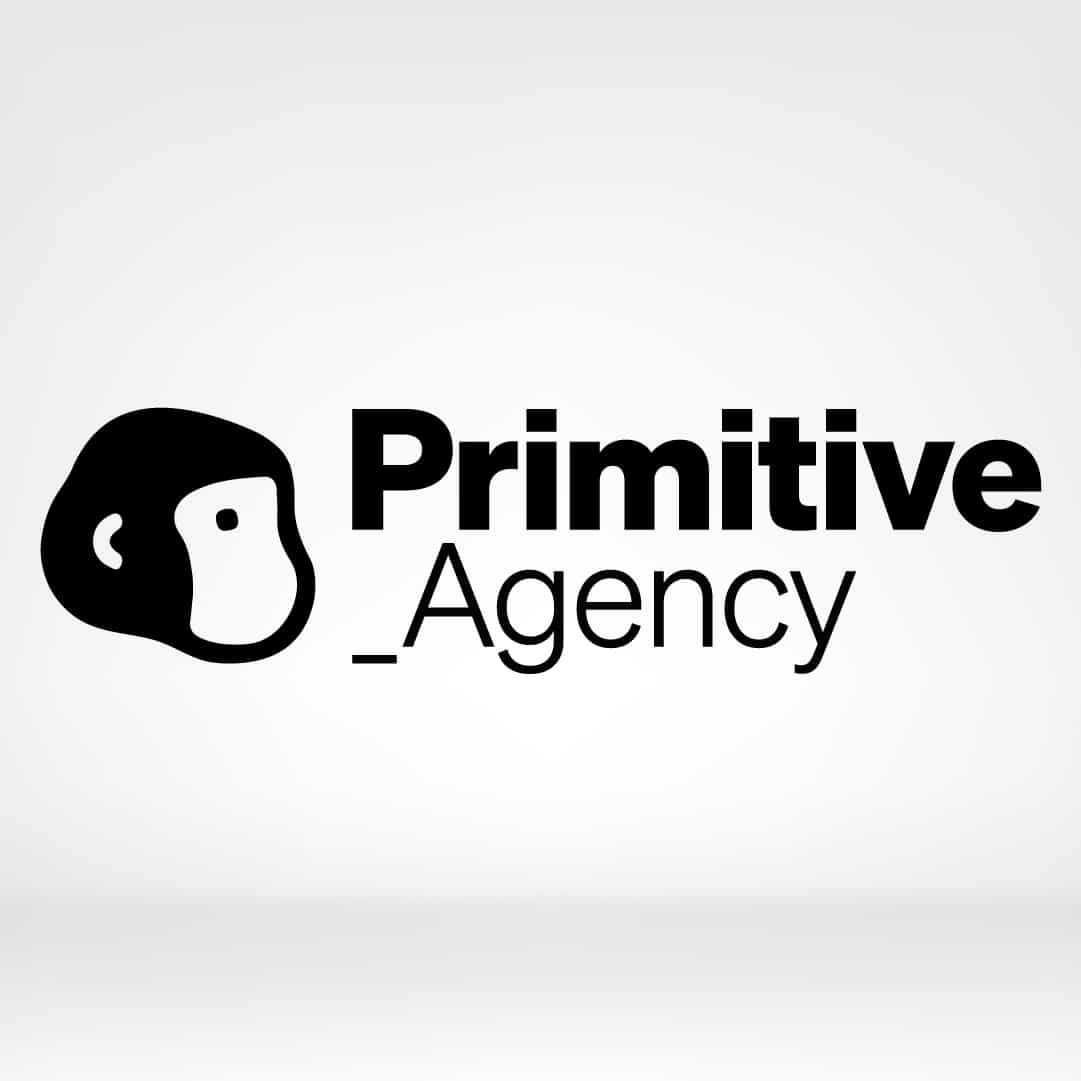To achieve overwhelming success in the B2B market, it is crucial to have effective strategies that allow you to reach your target audience accurately and maximize your business opportunities. In this sense, segmentation becomes a key tool to achieve success in your market. But what exactly is segmentation and how can you apply it effectively in your B2B strategy?
In this article, we will tell you what this concept means and the importance it represents for the field of business marketing, especially when we talk about a B2B market. Additionally, you will learn how to apply this technique so that your brand dominates the sector completely, even surpassing your competition.
Are you ready to learn more with our experts at Primitive Agency? Then take note and discover how to apply segmentation effectively to boost your results in the competitive world of the B2B market.
Also check out: The best account-based marketing strategies for your B2B business
What is segmentation?
Suppose you have a brand of glasses and want to create unique models that really identify with your audience. But there is a problem, with so many people in the world interested in buying glasses, how can you respond to the needs of each one? This is where segmentation comes into play.
Segmentation is a fundamental process in the field of marketing that consists of dividing a market into smaller and homogeneous groups, known as segments, with similar characteristics and needs. The objective of segmentation is to better understand consumers and adapt specific marketing strategies to meet their needs more effectively.
When segmenting a market, various variables are taken into account, such as demographic characteristics (age, gender, income, education), geographic characteristics (location, climate, city size), psychographic characteristics (personality, values, lifestyle), and behavioral characteristics (purchase patterns, brand loyalty, benefits sought).
Each identified segment has a unique profile and will require differentiated marketing approaches. In this sense, by targeting specific segments, companies can personalize their communication, products, prices, and promotions to meet the needs and desires of each target group, which in turn increases the chances of attracting and retaining customers. So, now your glasses would be a complete success in the market!
Why is segmentation important in the B2B market?
In the B2B market, segmentation can also provide a great deal of benefits, starting precisely with the opportunity to better know your audience. In general, segmentation is important for this market for several reasons such as:
- Effective personalization of messages and offers.
- Optimization of resources and maximization of return on investment.
- Better understanding of the market and detection of opportunities.
- Establishment of strong relationships with customers.
- More effective and differentiated brand positioning.
Without a doubt, it is a powerful tool that allows companies to achieve success in a highly competitive and complex business environment.
How to apply segmentation in the B2B market?
Applying segmentation in the B2B market requires following a strategic process. Below, we explain the key steps you should follow to effectively apply segmentation in the B2B market.
Step 1: Research and data collection
Conduct thorough research to gather relevant data about your target market. This includes demographic, geographic, psychographic, and behavioral data of your potential B2B customers. Use surveys, interviews, existing data analysis, and other research sources to obtain accurate information.
Step 2: Identification of segmentation variables
Analyze the collected data to identify the key variables that will allow you to segment your market. These variables may include industry, company size, geographic location, roles and responsibilities within the organization, buying cycle, specific business needs, among others.
Step 3: Market segmentation
Divide your B2B market into smaller and homogeneous segments based on the identified variables. Each segment should be large and differentiated enough to justify specific marketing strategies. You can use methods such as clustering, value-based segmentation, or segmentation by specific needs.
Step 4: Profile of each segment
Develop detailed profiles for each identified segment. These profiles should include demographic information, company characteristics, typical needs and buying behaviors of the segment. The more detailed the profiles are, the better you can tailor your marketing strategies.
Step 5: Adaptation of marketing strategy
Once you have segmented your market and created profiles for each segment, adapt your marketing strategies accordingly. Personalize your messages, content, and offers to be relevant and appealing to each segment. Use appropriate communication channels and select marketing tactics that best fit the characteristics and behaviors of each segment.
Step 6: Evaluation and adjustment
Continuously monitor the performance of your segmentation strategies and make adjustments based on the results obtained. Evaluate which segments are generating better results and which aspects of your strategy can be improved. Maintain constant feedback with your customers to continue adapting to their changing needs.
We can help you boost your brand in the B2B market
As you can see, segmentation is nothing but a powerful strategy in the B2B market to achieve success and stand out from the competition. By understanding the unique needs of each segment and adapting your strategies and messages, you can establish strong and lasting connections with your potential customers.
At Primitive Agency, we understand the importance of segmentation in the B2B market and we are ready to help you apply it effectively in your marketing strategy. Our creative and marketing experts can help you research, segment, and personalize your strategies to reach your target audience accurately and generate impactful results.
Don’t miss the opportunity to take advantage of the benefits of segmentation in your B2B market. Fill out our contact form to get in touch with us or write to us at [email protected] .
You may also be interested in: How to create a buyer persona for your B2B target audience
FAQs
How can I identify the most relevant market segments for my B2B business?
To identify the most relevant market segments for your B2B business, it is essential to conduct thorough research and analyze the available data. You can start by evaluating the demographic, geographic, and psychographic characteristics of your existing customers.
Additionally, you can conduct surveys, interviews, or data analysis to better understand their needs, buying behaviors, and preferences. It is also important to consider the company size, industry, and other relevant factors for your market niche.
What is the difference between segmentation in the B2B market and in the B2C market?
The main difference between segmentation in the B2B market and in the B2C market lies in the type of customers and characteristics taken into account. In the B2B market, customers are other businesses and segmentation is based on variables such as industry, company size, etc. In contrast, in the B2C market, customers are individual consumers and segmentation focuses on personal demographic, psychographic, and behavioral aspects such as age, gender, lifestyle, and consumption preferences.
What variables can be used to segment the B2B market?
There are several variables that can be used to segment the B2B market. Some common variables include the industry in which the company operates, organization size, geographic location, buying cycle, available budget, position and function within the company, specific business needs and objectives, and relationship with competitors.
These variables allow dividing the market into more homogeneous groups and facilitate the customization of marketing strategies to meet the unique needs of each segment in the B2B market. Do you need expert assistance on this topic? At Primitive Agency, we can help! Write to us at [email protected] and let’s work together.

The Primitive writing team is comprised of a group of skilled professionals who specialize in different areas of marketing, from brand design to web development and audiovisual production. Each team member boasts extensive experience in their respective field, and they are dedicated to providing the best possible strategy and content for every business that aligns with their unique needs.







